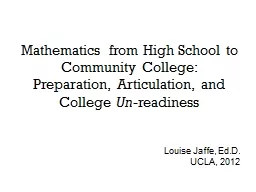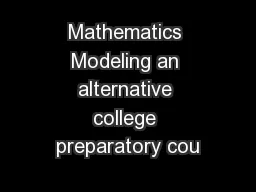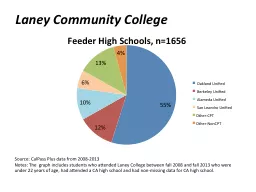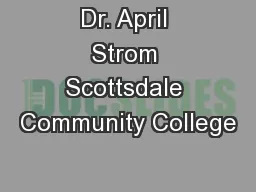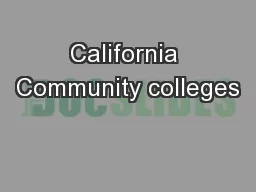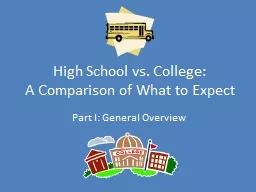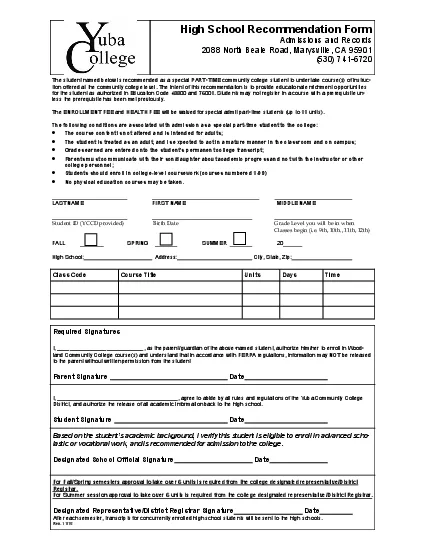PPT-Mathematics from High School to Community College:
Author : natalia-silvester | Published Date : 2019-06-19
Preparation Articulation and College Un readiness Louise Jaffe EdD UCLA 2012 Research on College Readiness in Math for Community College CC Freshmen Analyzed
Presentation Embed Code
Download Presentation
Download Presentation The PPT/PDF document "Mathematics from High School to Communit..." is the property of its rightful owner. Permission is granted to download and print the materials on this website for personal, non-commercial use only, and to display it on your personal computer provided you do not modify the materials and that you retain all copyright notices contained in the materials. By downloading content from our website, you accept the terms of this agreement.
Mathematics from High School to Community College:: Transcript
Download Document
Here is the link to download the presentation.
"Mathematics from High School to Community College:"The content belongs to its owner. You may download and print it for personal use, without modification, and keep all copyright notices. By downloading, you agree to these terms.
Related Documents

